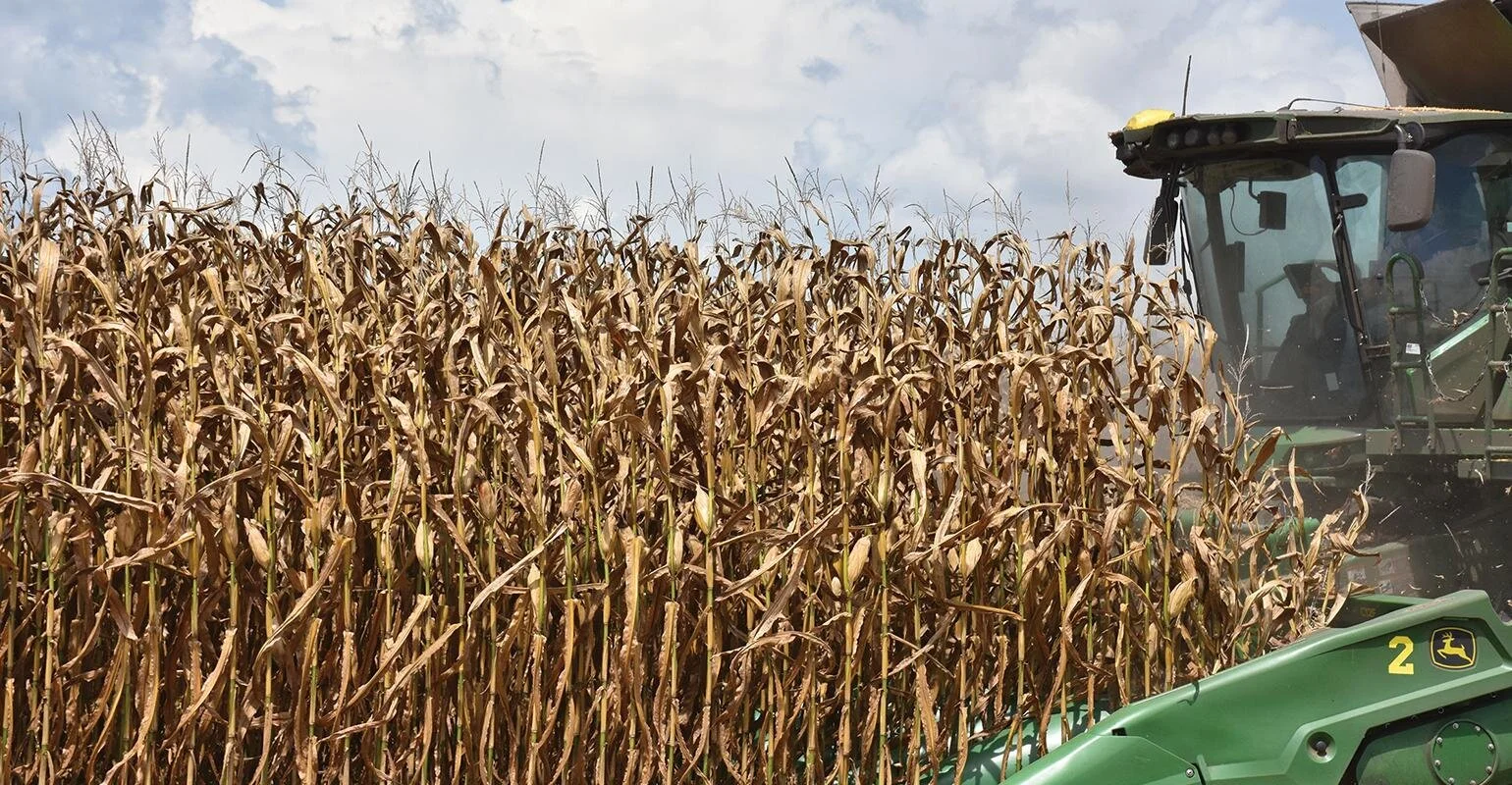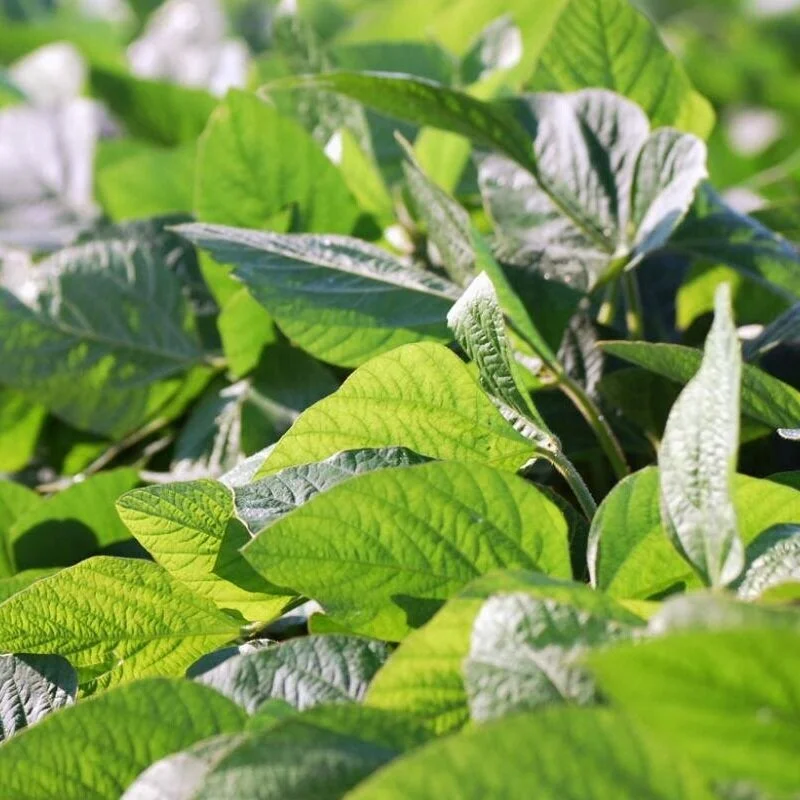One of the most important decisions a soybean producer makes every year is variety selection. The LSU AgCenter conducts an Official Variety Trial (OVT) and Core-block demonstration plots to provide unbiased data to assist in variety selection. The OVT and core-block demonstrations are planted throughout the state to collect performance data in different environments. It is important for a producer to consider how varieties perform in an environment similar to their own and how varieties perform in multiple environments. Varieties that perform consistently well across multiple environments and years could be considered to have more performance stability.
Read MoreEarlier this week, the USDA’s Economic Research Service noted in its monthly Oil Crops Outlook report that, “Hurricane Ida’s emergence in the Gulf of Mexico slowed the pace of exports near the end of August which is expected to continue into early September.
Read MoreThe United Soybean Board met in person for the first time in over a year back in July. Chairman Dan Farney from Illinois says everything done by the USB is thanks to funds provided by soybean farmers around the country. “When I sell my beans,” says Farney, “and I pay 1/2 of one percent, 1/4 of one percent stays in Illinois and 1/4 of one percent goes to the United Soybean Board.
(This report a service of the Louisiana Soybean, Grain Research and Promotion Board)
Read MoreThis week, the House Agriculture Committee passed its portion of the $3.5 trillion reconciliation package, including more than $94 billion in new spending related to agriculture.
For Louisiana, there is a glaring hole in that spending plan as it is lacking supplemental disaster assistance for farmers and ranchers after Hurricane Ida ravaged the state last month.
Read MoreCercospora leaf blight has been a bane to soybean farmers in the mid-South region of the United States for the better part of two decades, costing the industry more than $250 million in the past five years alone. Now, thanks to a three-year, $324,988 research grant from the National Institute of Food and Agriculture, LSU AgCenter plant pathologist Sara Thomas-Sharma and her team are trying to develop long-term solutions to the problem.
Read MoreWhen Steve Gauck visited the Soybean Watch ’21 field in mid-July, there was still plenty of moisture. Signs of disease weren’t evident, but he told the grower that since the season had been on the wet side so far, a fungicide application would likely be a good investment. And he also advised adding an insecticide — a few grasshoppers and other insects were nibbling on leaves in July.
The grower took the advice to heart and applied a fungicide with an insecticide with his own self-propelled sprayer at the R3 stage of soybean development.
Read MoreHurricane Ida spared Franklin Parish much of its fury but pummeled south Louisiana Sunday night and Monday.
Locally, few lost power while only a few fallen limbs littered yards. Many rain gauges across the parish recorded less than an inch of rain.
Franklin Parish farmers worked through the weekend harvesting corn and soybeans in preparation of torrential rain and damaging winds that never came.
Carol L. Pinnell-Alison, LSU AgCenter extension agent, acknowledged local farmers dodged a bullet.
“I think we are in pretty good shape,” Pinnell-Alison said. “We had minimum impact with corn and soybeans from Hurricane Ida.”
Pinnell-Alison said the storm’s eastern trajectory buffered Franklin Parish from its worst impacts.
“We might have had a little wind damage to the corn but not much,” she said.
Read MoreAn outstanding corn harvest and good prices are leaving Louisiana farmers with a sense of optimism as the state moves into the fall harvest.
Farm Press recently sat down with Louisiana Cotton and Grain Association Executive Vice President, Bobby Skeen to discuss the growing season and issues the organization is currently addressing.
Read MoreThe cotton crop is in really good shape this year across the Delta and Southeast, with its highest rating in five years.
However, Hurricane Ida is threatening to become a major hurricane that could threaten flood and wind damage in that area by Sunday afternoon into Tuesday.
(To see daily updates from DTN meteorologists and follow the track on Ida, go to www.dtn.com/hurricane-ida)
First, a look at the current crop situation in the area that could potentially be hit.
According to the USDA NASS data, the good-to-excellent rating of 71% for the cotton crop is the highest rating in the past five years. All states in the Delta and Southeast have at least a 70% rating except for Tennessee, which is at 67%.
Read MoreChoosing the best crop variety to maximize yield and profitability while still staying within budget is vital to any farm, whether its 100 acres or 100,000. It is also a driving objective for plant breeders that develop these varieties for farmers.
Plant phenotyping is an important part of that decision-making process in plant breeding and for farmers.
Read MoreDuring the first two weeks of September, the U.S. Department of Agriculture’s (USDA) National Agricultural Statistics Service (NASS) will be contacting farmers nationwide to determine the stocks of grains and oilseeds on farms in the United States. In Louisiana, producers will be contacted for on-farm storage of corn and soybeans as of September 1.
Read MoreLouisiana soybean producers had some dicey moments at the start of this years planting season. But LSU AgCenter/Extension Service Soybean Specialist Dr. David Moseley reports the crop has improved throughout the season. “The main thing that’s been holding us back, that I’ve seen, is the continuous rains have kept the soil saturated,” says Moseley. “And with saturated soils they’re going to have different problems including low soil oxygen levels and also just difficulty in making applications.
(This report a service of the Louisiana Soybean, Grain Research and Promotion Board)
Read MoreUse of a herbicide as a desiccant in soybean has become popular to potentially improve harvest efficiency in Louisiana. Herbicides such as paraquat, Aim, Sharpen, and sodium chlorate are labeled for use in soybean as a desiccant, but paraquat is the most widely used.
The paraquat label states at least 65% of pods should be mature or moisture content should be 30% or less for indeterminate soybean varieties; and at least 50% of the leaves should have dropped and remaining leaves should be yellow for determinate varieties.
Read MoreAnalysts were anticipating a big rise in soybean sales in USDA’s latest weekly export report, out Thursday morning and covering the week through August 12. Total sales came in even better than expected, exceeding the entire range of trade guesses. Corn and wheat sales were also solid this past week, staying within the range of analyst estimates.
Read MoreNitrogen is contained in chlorophyll, and chlorophyll is needed for photosynthesis, where carbon dioxide (CO2) and sunlight are turned into plant carbon/dry matter. Nitrogen is also contained in protein, so amino acids, the building blocks of protein, depend upon plant N.
After water, N is most often limiting to crop production.
Read More














